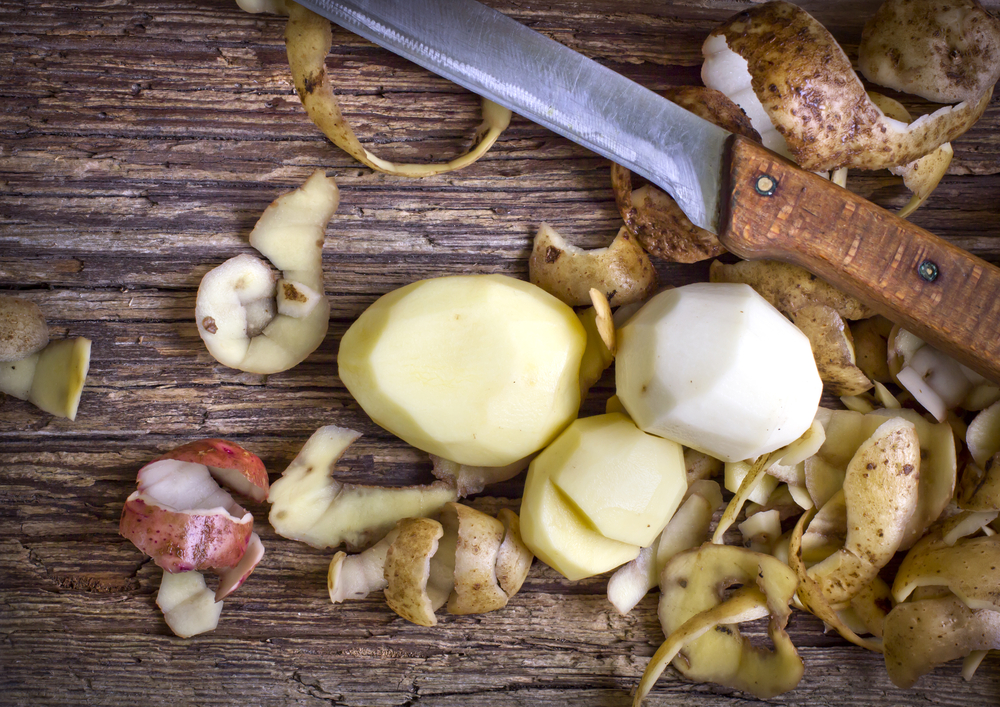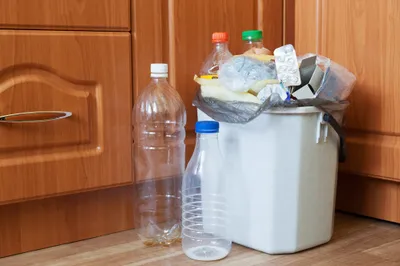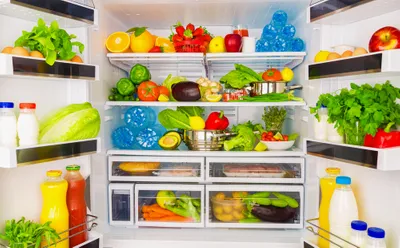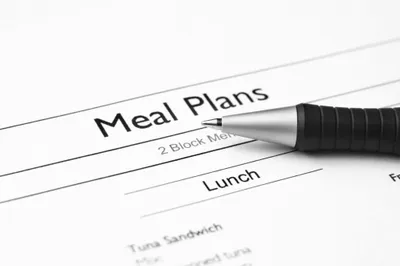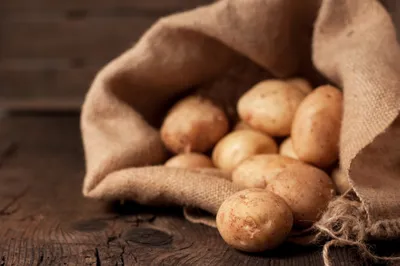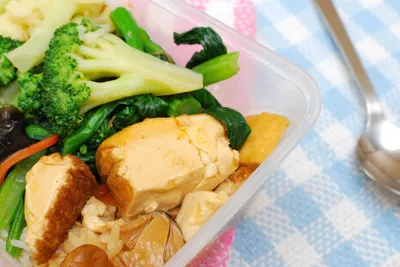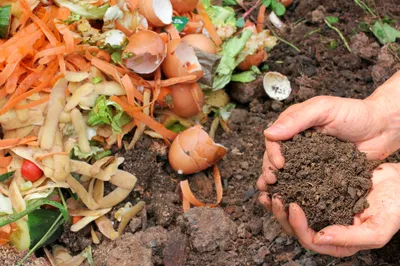Have you ever thought about how much food you waste and the impact it has? It greatly affects the environment, from the cost to the land required to grow the food to farming it and the transportation to the store. Every time we waste food, part of this process is wasted. And that doesn’t even include the food waste in your own home and the impact on your wallet.
Households in developed countries waste an enormous amount of food each year. It may not seem like you’re throwing much out after a meal, when you clean out your fridge, or when a product expires, but over time it really adds up. Follow these ten simple ways to cut down on food waste to help you be more cost-efficient and lower your impact on the environment…
1. Make a List and Stick To It
Although it sounds obvious, making a grocery list and sticking to it is one of the easiest ways to cut down on food waste. Think of all the times you go to the store and pick up a whole bunch of items not on your list. These impulse buys are common and they have a significant impact on how much money you spend at the grocery store, as well as how much food you waste. You probably already make a grocery list, but as you know, only buying what’s on it can be difficult. Sticking to your list will easily lower how much food you waste.
2. Pay Attention to What’s In Your Garbage
It can be an adjustment at first to really understand what and how much food you waste. Paying attention to what’s in your garbage can help you identify what you’re wasting and figure out what can be avoided. No matter what you see, adjust your habits accordingly. You might have to cut down on how much of something you cook, buy less of something you’ve thrown out without using, store items in airtight containers to prevent them from going stale, or compost or freeze parts of vegetables you don’t eat.
3. Organize Your Fridge
Organizing your fridge is a simple way to greatly cut down on food waste. Pay attention to expiry dates and move items that are expiring soon to the front of the fridge. Same goes with vegetables and meat–when you get back from grocery shopping, don’t place the food you bought on top of similar items you already have or push them to the back. All new food should go behind what you already have. This will remind you what was there first, and consequently, remind you to cook those items before reaching for the new items. Having an organized fridge will also help you plan your grocery trip.
4. Plan Your Meals
It’s so easy to waste food when you go to the grocery store and randomly buy a bunch of vegetables, meats, and snacks. Even if you have a list and stick to it, if you haven’t planned out your meals for the week (or until your next grocery trip), odds are you’ll still have a lot of avoidable waste. If you plan your meals, you’ll know exactly what you need and can focus on only buying the necessities. This cuts down on impulse buys and buying too much of something–even if it’s healthy. You’ll easily reduce waste and save money by planning your meals.
5. Buy Only What You Need
It can be tempting to buy a big bag of something because the cost per item in the bag is lower than when you buy them individually. A good example of this is potatoes and carrots. You often see them in bulk packages and the lower price per item can be enticing. Although it might be cheaper per item to buy the bag, this is a big source of wasting food. Usually, the remainder of the items in the bag goes bad before you use it, and you end up having to throw a lot out. So if your recipe only calls for a couple potatoes or carrots, don’t buy a bag of 15 of them.
6. Save and Eat Leftovers
Saving leftovers, even if it’s only enough for a small meal, is a simple way to cut down on food waste. Plan on having a leftovers night each week or take the leftovers for lunch to avoid throwing it out. Or, if you weren’t anticipating any leftovers and don’t have room in your meal plan to eat them, you can freeze the leftovers for a future meal. It’s a win-win situation–it’s handy having a meal ready for you on a day you don’t have time to cook and you avoid throwing out excess food.
7. Exercise Portion Control
Large portion sizes result in a lot of food waste. How many times have you gone to a restaurant and only finished half of your meal because there was too much food? It happens a lot, and it happens in your own home too. To cut down on food waste, make appropriate amounts of food at each meal. If you can’t finish what you’ve made, freeze it or take it for lunch the next day. A lot of times when there’s more food than you need, you eat it anyway because you don’t want to waste it. Making only what you need can not only reduce food waste, but it can also help your waistline and prevent overeating.
8. Buy Funny-Looking Vegetables
There’s always funny-looking vegetables left over at the grocery store because a lot of shoppers don’t like the way they look. But because so few people buy the produce that isn’t the exact shape or size we believe it should be, a lot of it gets thrown out. Oddly shaped fruits and vegetables are usually completely fine and taste exactly like the other normal looking ones. It’s all a matter of fixing the way you perceive produce should like. So next time, don’t skip over the odd shaped tomato–put it in your basket to help your grocery store cut down on food waste.
9. Compost
Coffee grounds, eggshells, and vegetable scraps and trimmings are often just thrown in the garbage, but it’s very wasteful because they end up in landfills, which don’t allow these materials to properly decompose and have a negative effect on the environment by releasing methane gas. But you can avoid sending all of that waste to the dump by using a compost. Instead of throwing things away, put them in your compost to create a rich, natural fertilizer that you can use in your garden. Composts are relatively easy to take care of and take very little space in your yard or under your sink, and you’ll cut down on food waste by using one.
10. Save Vegetable Trimmings
Save vegetable skins, ends and other parts you don’t eat in your freezer to make broth. Put the trimmings in a freezer bag and when the bag is full, boil them in a large pot, strain it after about an hour, and use the broth for homemade soup, to flavor rice or to use in other dishes that require broth. This way, you not only eat as much of the vegetables as you can, you use the trimmings to make broth that you would otherwise purchase in a box or can at the store. And making your own broth also gives you variety in your dishes because different vegetables result in different flavors.

